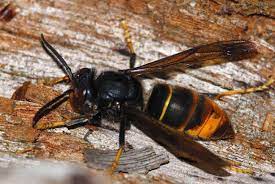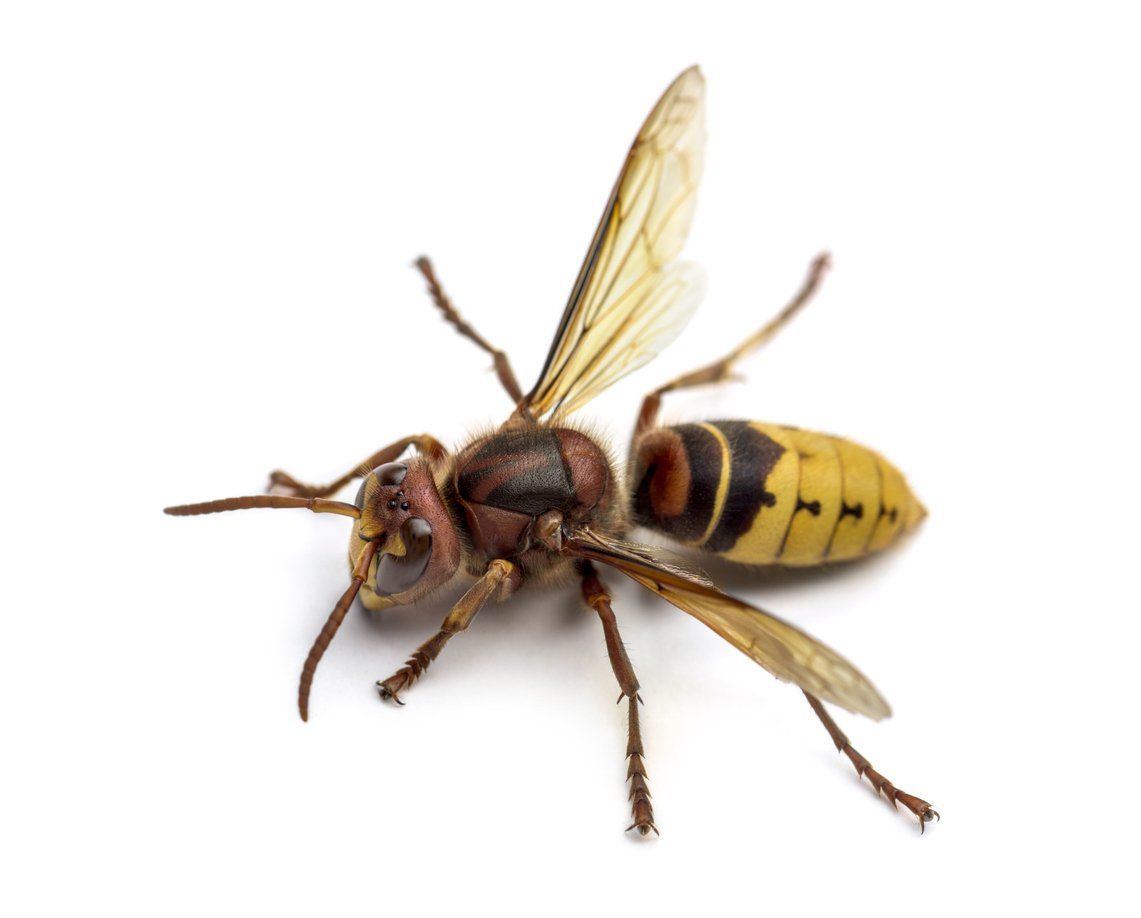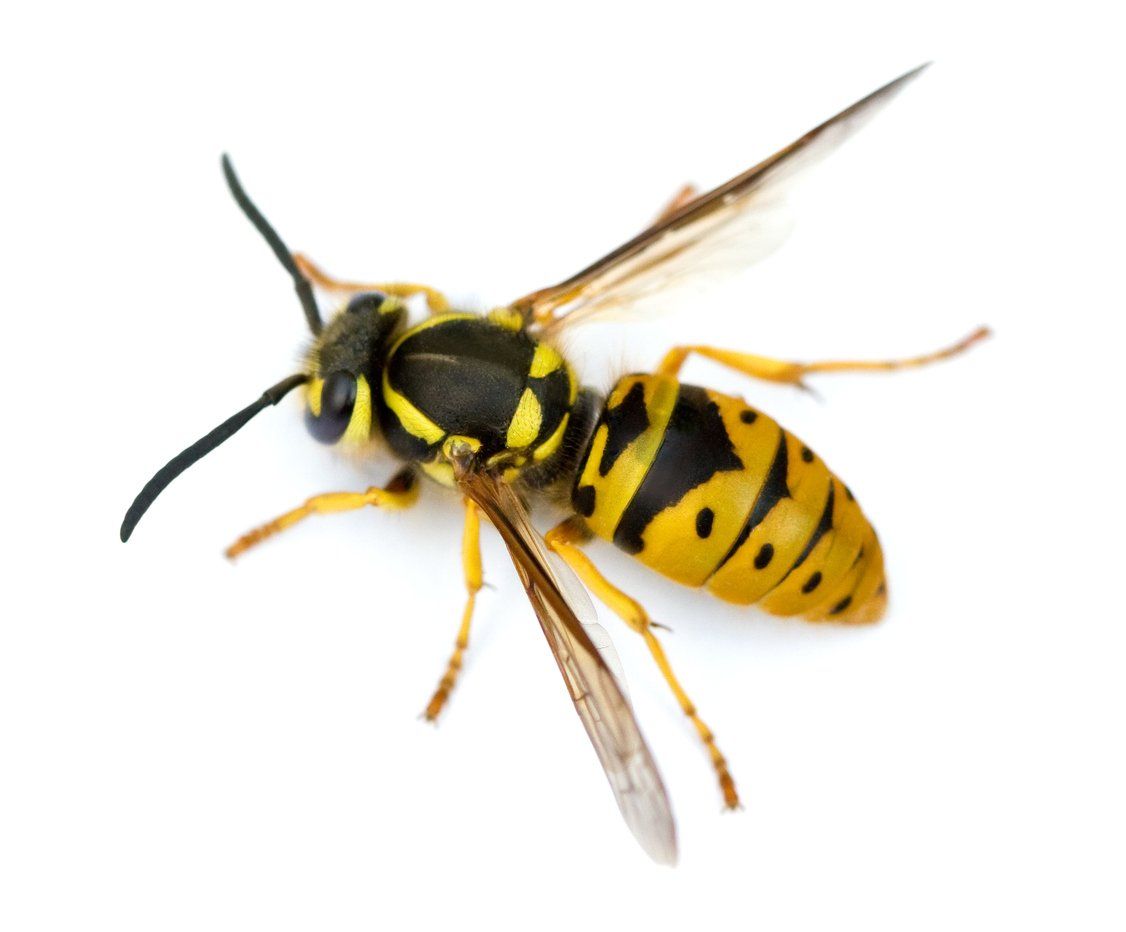The Asian Hornet
The Asian Hornet is the "beast from the east", but now it is here in the UK!
Asian hornets prey on our native honey bees by "hawking" in front of a hive. They will grab a bee inflight, remove and reject its head and take the remaining parts of the bee back to their own nests and feed this protein rich food to their own young. An asian hornet can kill hundreds of honey bees in a day. You can see a BBC video of asian hornets in action here. (the bee action part of this video starts after about 2 minutes)
Important!
Hornets are dangerous and have very bad stings. Do not attempt to handle them. If you see any hornet, leave it alone but report it
here if you think it is an
Asian Hornet.
A good plan would be to have the Asian Hornet app on your phone as it records the exact location of the siting - you can get this as a free download from your App Store
>>>>>>>>>>>>>>>>>>.
This short video shows you how to assemble and create an Asian Hornet Trap. This has a lure and sweetness to encourage the hornets in, and it needs regular checking so you can report any that you catch. This is the really important part as the report will trigger an investigation in your area.
<<<<<<<<<<<<<<<<<<
This video tells you a bit more about Asian Hornets and how they will eat all our insects
Did you know 30% of all you eat is pollinated by insects and bees in particular?

This is an Asian Hornet
Note the key identifying characteristics:
- Generally dark appearance
- Orange band on abdomen
- Yellow socks (lower legs only are yellow)
The images below are
NOT
asian hornets
This is a European Hornet and is very common in the UK. It is slightly larger than an Asian Hornet, but looks a lot like a common wasp. It is much bigger than a wasp


This is a Common Wasp. It is much smaller than a European hornet but looks similar
This is a Queen Wasp. It is almost as big as a European hornet and looks similar. It is generally seen in the spring and autumn

For more information on the life cycle of the Asian Hornet, visit the National Bee Unit website, Beebase
here
If you see what you think is an asian hornet, please report it in one of the following ways:
or
- Download the "Asian Hornet Watch" app from the Appstore on your smartphone, and complete the report form
New Paragraph
a swarm in my GardenHome
There's a Swarm in my Garden! Beekeeping Asian Hornet Training Courses Links
Membership
Branch, News and Events
Facts Apiary Blog Swarm List Contact Us
All Rights Reserved | Malvern and Upton Beekeepers Association

